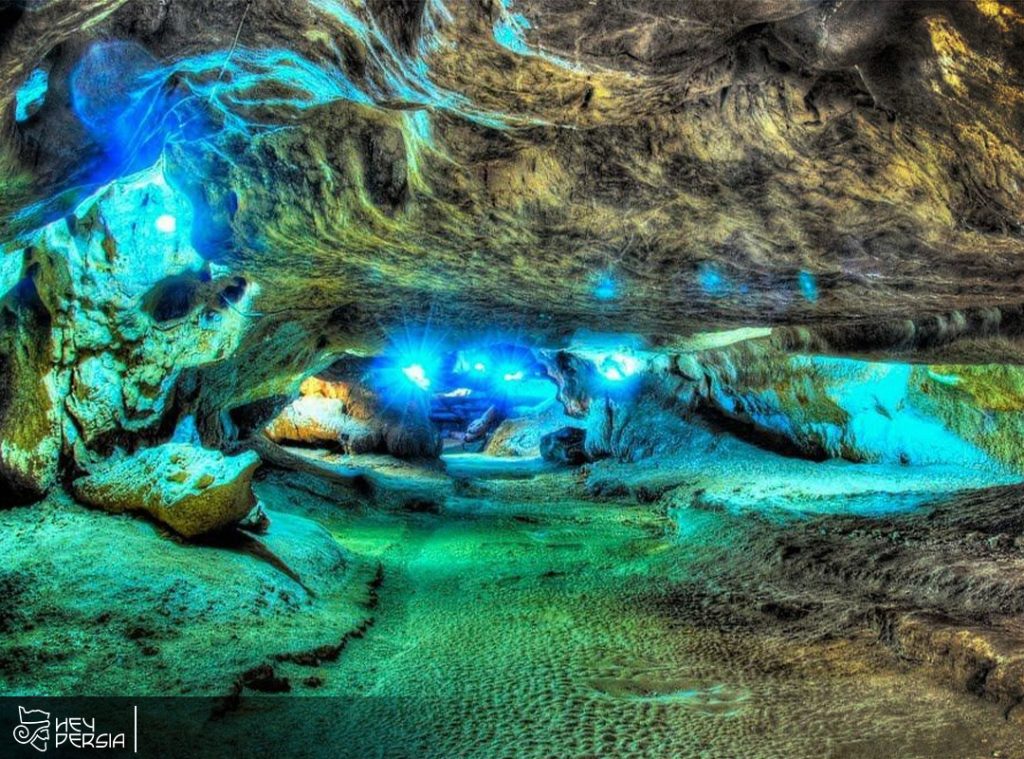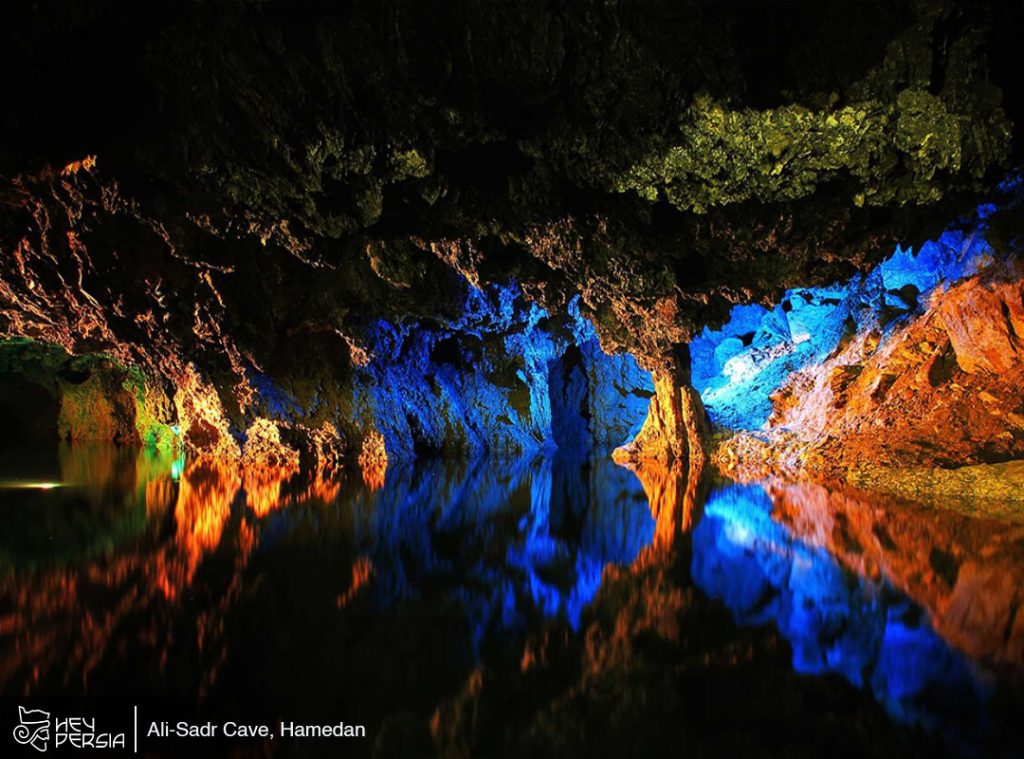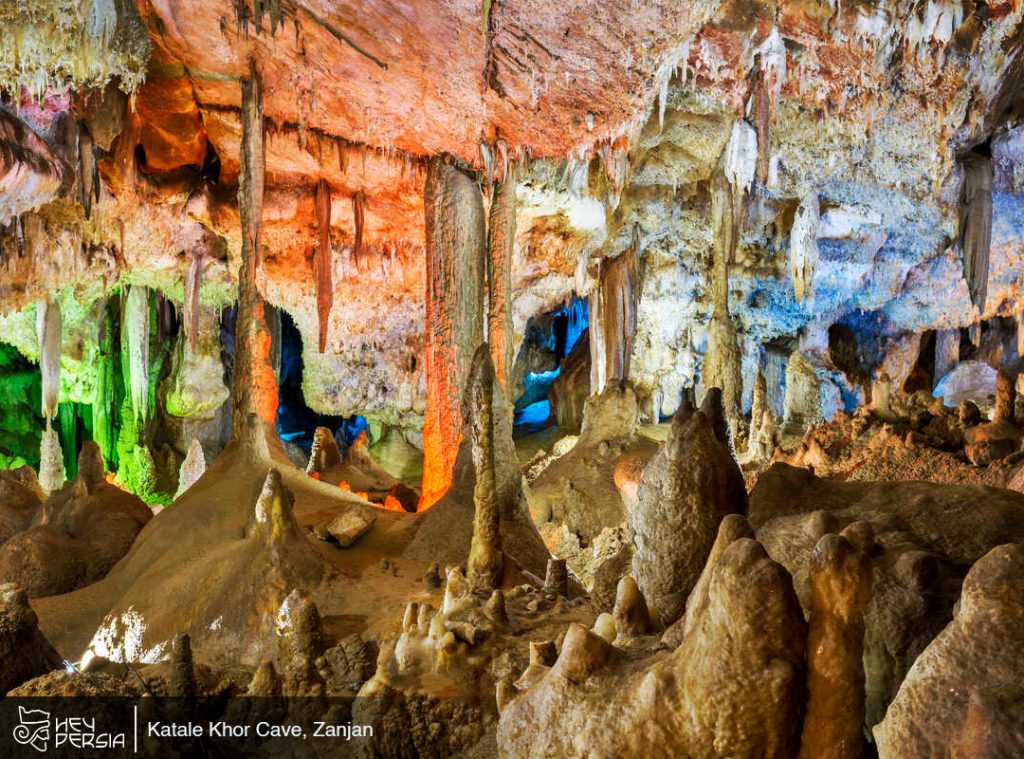Katlekhor Cave In Iran is a great destination for people who love caving and traveling in the heart of nature. This dry-water cave is one of the strangest caves in the world and is in Khodabande city. We suggest you join us on the Hey Persia blog and learn more about Katlekhor Cave. Information about the location of the cave, the type of cave, the access route to Katlekhor, visit hours, the distance from the cave to Zanjan, the length of the cave, the type of stones in Katlekhor cave, etc., so stay with us.
Where is Katlekhor Cave In Iran?
The first question that concerns all of us is the location of Katle Khor, as mentioned, this cave is located near the city of Khodabande in Zanjan province, and it is one of the must-see places in Khodabande, which is 80 km from Kedar city, 230 km from Kurdistan province. It is located 173 km from Hamadan and 5 km from Garmab city. The distance between the cave and Zanjan is about 155 km.
What do you know about Katle Khor Zanjan cave?
Katle Khor is a limestone cave that is of clay and iron oxide soils in some parts. This cave has very large limestone columns that are as a result of joining stalactites and stalagmites. The presence of these huge columns has caused the roof of the cave to collapse. If we want to talk about its age, we must say that Katle Khor is the same age as “Ali Sadr” cave. with the difference that Ali Sadr Cave is a water cave, while Katle Khor is a water-land cave, mostly dry.
On the other hand, the limes of the cave purer compared to the Ali Sadr cave, and as a result, its limestones are more attractive, as if stars are on the ceiling of the cave! The second interesting point and one of the wonders of Katlekhor is its connection to Ali Sadr Cave. It is that the first 100 meters of the cave the place where the first humans lived, and even 80 skeletons belonging to the first humans were there and kept in the cave itself. Because this area does not have good light, proper feeding is not in it, and finally, due to the lack of light and special feeding, no animals except bats live in it. So inside the cave, the only animal that exists is the bat.
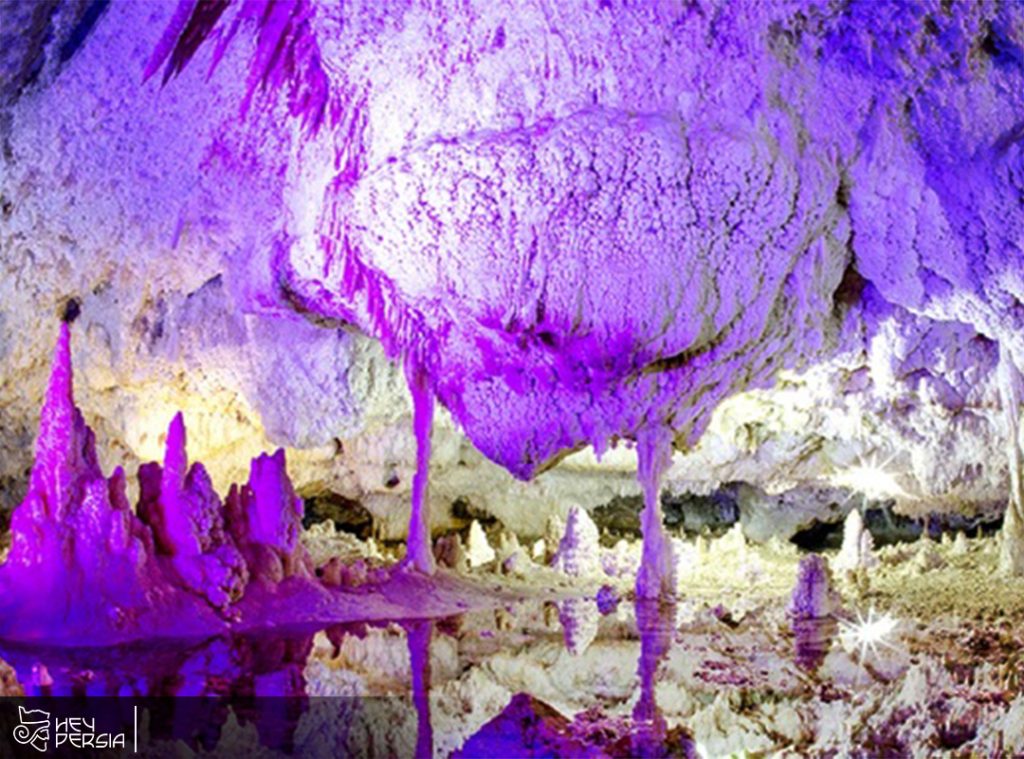
Has Katlekhor been a dry-water cave from the beginning?
No, Katlekhor was originally a water cave, but over time, due to the formation of cave layers, water does not reach its different parts and gradually becomes a dry cave. On the other hand, due to natural changes such as earthquakes, faults, landslides and collapses, this cave has undergone various changes, although not only natural changes, but artificial changes have also occurred in it.
What are the characteristics of Katlekhor Cave In Iran?
Katle Khor has dimensions of 2,000 x 1,500 meters and is in a rectangular shape. The mouth of the cave is located at a height of 1,700 meters above the ground. The entrance to the cave is a 4000-meter long corridor with a very short roof. So far, only 30 km of Zanjan Cave have discovered, of which 22 km have mapped. Until today, only 1,200 meters of it have prepared for people to visit, and this path has 3 different sections, which are:
1- Sports section of the cave
The sports part of the cave in Zanjan province is about 4 kilometers long, some parts of which have not yet discovered and are for cavers and rock climbers.
2- The entertainment section of the cave
The public can visit the recreational part of the cave. This section is about 2 kilometers long and is straight. It is that this straight path covers only one third of the entire cave.
3- The cultural part of the cave
The cultural section of Katle Khor in Zanjan province is a natural corridor that is in the southern part of the cave and is to hold various ceremonies. Of course, the head at the entrance or, in fact, its exit, has cut artificially.
Katlekhor Zanjan different parts
each of which has a similarity to the objects around us based on the accumulation of lime in them. Based on this, they are different names such as: Sleeping Lion Square, Bistun Square, Chehlsetun Square, Serahi Kohi, Panjshir Square, Bride’s Hall, Kandili Tunnel, Wedding Room, Elephant’s Foot, Baghjaz Camel, Bride and Groom, Candle Square, Two Magicians, Burnt palm, St. Mary Square, etc. The climate inside the cave is different in different parts and it starts from 11 degrees Celsius and the more you go to the inner parts, the air humidity increases; until it finally reaches about 90%.
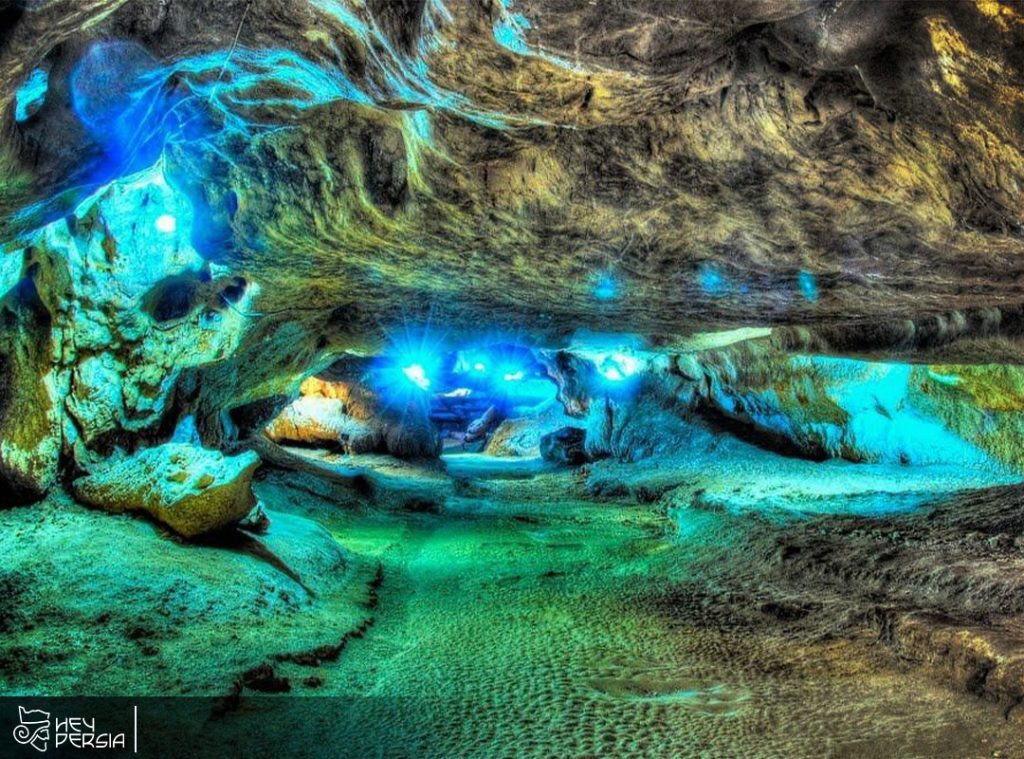
How the carnivore discovered?
The discovery of Katle Khor dates back to June 1331. A group of the most famous climbers, who were members of a prestigious sports club called “Niro Rasti”, discovered and visited the cave. One of its famous members was a Zanjani named “Syed Asadullah Jamali” who officially registered this discovery. When they managed to discover this cave, the first 700 meters of the cave had a diameter of about 70 cm, and the cavers had to walk and mark the first 700 meters.
Why is this cave called Katlekhor?
There are 2 different interpretations about the name Katlekhor. In the initial interpretation, it is said that in the western regions of the country, “Katele” means height, since the cave is located in a mountain from behind which the sun rises, this cave is called Katle Khor. In the second narration, it is said that the Turks say “katele” instead of rough. “Khor” also means comfort in Turkish. As a result, the word “killer” means “rough and cozy” place.

